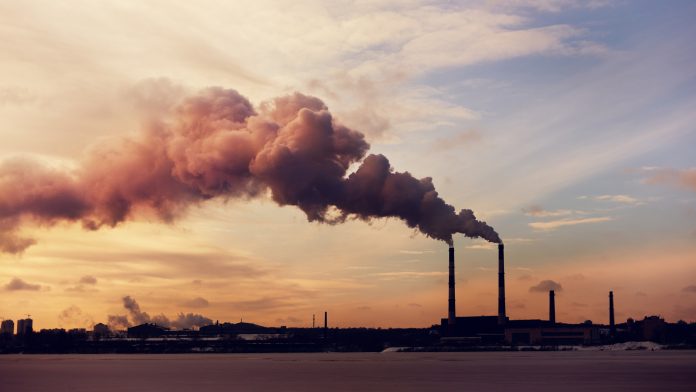A team of researchers at the University of Bayreuth, Germany, has developed a material that can remove carbon dioxide from industrial waste.
In the journal Cell Reports Physical Science the researchers present the structure and function of the material which producers can use to remove carbon dioxide from industrial waste gases, natural gas, or biogas, so that it can be responsibly disposed of. The separation process is both energy efficient and cost-effective.
The new material is an inorganic-organic hybrid, based on clay minerals. The material contains hundreds of nanometre-thick glass platelets. Between the individual glass plates there are organic molecules that act as spacers. Their shape and chemical properties have been selected so that the pore spaces only collect carbon dioxide molecules. The researchers have used the so-called molecular sieve effect to increase the material’s selectivity for carbon dioxide.
The material developed in Bayreuth has one fundamental advantage over previous separation processes: It is capable of completely removing carbon dioxide from gas mixtures without chemically binding carbon dioxide. These gas mixtures can be waste gases from industrial plants, but also natural gas or biogas. In all these cases, carbon dioxide accumulates in the cavities of the material solely due to physical interaction. Scientists can remove carbon dioxide from these cavities without great expenditure of energy.
Martin Rieß, first author of the new publication and doctoral researcher at the University of Bayreuth, said: “Our research team has succeeded in designing a material that fulfils two tasks at the same time. On the one hand, the physical interactions with carbon dioxide are strong enough to free and retain this greenhouse gas from a gas mixture. On the other hand, however, they are weak enough to allow the release of carbon dioxide from the material with only a small amount of energy.”
Rieß said: “All criteria relevant to the evaluation of industrial carbon dioxide separation processes have been completely fulfilled by our hybrid material. It can be produced cost-effectively and stands to make an important contribution to reducing industrial carbon dioxide emissions, but also to the processing of biogas and acidic natural gas.”







